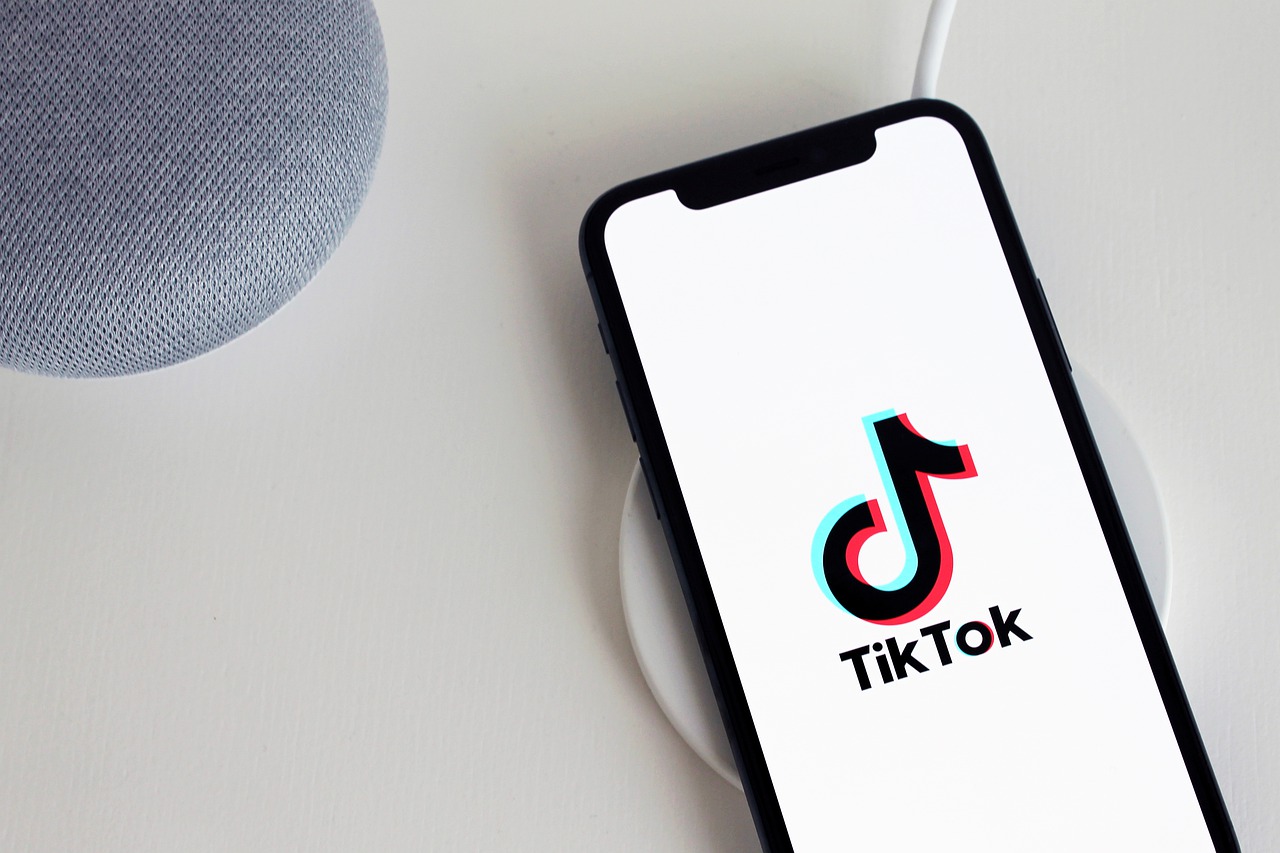Your cart is currently empty!

TikTok’s Algorithm
TikTok has explained its algorithm, the method they use to recommend videos to viewers. TikTok’s algorithm is officially known as a “recommendation system.” TikTok’s blog says, “When you open TikTok and land in your For You feed, you’re presented with a stream of videos curated to your interests… Part of the magic of TikTok is that there’s no one For You feed – while different people may come upon some of the same standout videos, each person’s feed is unique and tailored to that specific individual.”
User signals
The first factor mentioned in the explanation is the one we’re probably most familiar with: user signals. That is, when a TikTok viewer Likes, Shares, Follows, or Comments, TikTok shows more of the same kind of content.
This is familiar from Facebook. If you Like that picture of your cousin’s new puppy, just out of politeness, you will see more puppies in future. Slow down and spend time watching a video of puppies, and you will see even more puppies. It’s a little more complicated than that, but basically your choices steer what you see in the future.
Google’s algorithm takes into account the things you click on and Amazon’s algorithm uses information about what you buy. TikTok’s algorithm makes every effort to show people more of what they want to see. The use of user signals is just common sense.
TikTok also lets viewers pick “not interested” the same way they can pick Like. This provides more information for the software.
Video information
If a TikTok video contains a hashtag that you follow, it will be more likely to end up in your For You feed. This is where TikTok content providers can optimize their videos to show up for their target audience.
TikTok also mentions sounds and captions as types of video information they include in their decision-making.
The algorithm also avoids showing people things they might find shocking, as well as spam or videos they suspect of artificially inflating their popularity signals.
Follower count is not included in the TikTok algorithm.
Device and account settings
TikTok also says they consider the language you use and the country you’re in, as well as the type of device you use. These carry less weight, since people don’t usually actively choose these settings.
Popularity
TikTok also shows things unconnected with viewers’ preferences. For new users, for example, the feed is largely composed of popular videos. TikTok continues to show popular videos unconnected with viewer activity for all users, with the goal of helping users find new things.
They specifically say that they don’t show duplicate content, and we know that this is normal for recommendation engines.
But TikTok intentionally spices up their users’ experience by showing a variety of videos. For example, they won’t show a second video by a particular creator directly after the first one they show, even though you might like that creator a lot. “Our goal,” they say, “is to find balance between suggesting content that’s relevant to you while also helping you find content and creators that encourage you to explore experiences you might not otherwise see.”
We’re not aware of any other search algorithm that focus on variety. The factors for this element of TikTok’s algorithm include specific sounds, so you might want to avoid reusing a sound — which you might think of as a brand element — in multiple videos.
Marketing takeaways
If you’re using TikTok to engage your target market, it makes sense to consider the listed factors in an effort to get your videos to show up better in the For You feeds.
On the other hand, your real target market –the people who will be most likely to use your goods and services — will search for what you’re offering, so make sure your content is findable with hashtags and captions. TikTok is a great place to build a community, and the better you know your audience, the better it will work for you.
by
Tags:

Leave a Reply